A ground rod is a long, conductive rod that drives into the ground to provide a low-resistance electrical connection to the earth. It helps in the grounding system of overhead transmission lines. The main purpose of the ground rod is to dissipate electrical currents into the ground. It also ensures the safety of the transmission line equipment and personnel in the event of a fault or lightning strike. A ground rod is from materials that is corrosion resistance and durable. This helps to sustain and maintain the various South American applications despite the weather challenges. Common types of ground rod include solid copper ground rods, galvanized ground rods, stainless steel ground rods and threaded rods. They find use in applications such as electrical systems, commercial buildings, industrial facilities, telecommunication towers and transmission lines.
Key features of ground rod
Ground rods have various features that contribute to their effectiveness in ensuring the safety and proper functioning of electrical systems. The following are the key features of a ground rod.
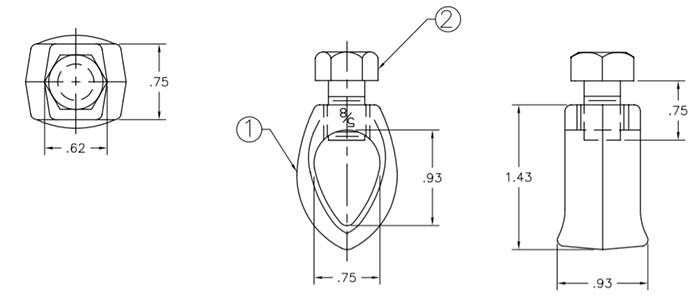
- Conductivity – ground rods are from materials such as copper and aluminum that allow for efficient dissipation of fault currents into the ground.
- Length – the length of the ground rod determines how deeply the ground rods drives into the ground. This is also dependent on soil resistivity and other factors affecting the grounding system.
- Ease of installation – availability of pointed tips on the threaded ends facilitates the driving of the rod into the ground.
- Threaded ends – this allows the ground rod to easily connect to other rods using threaded couplings. It also provides a secure connection between the rods.
- Durability – the durability of the ground rods determines the lifespan of the rod. Select ground rods that meet safety and performance standards to ensure their suitability to your application.
- Cost effectiveness – consider the overall cost effectiveness of the ground rods. This is by considering factors such as initial cost, maintenance requirements and expected lifespan.
- Material – the choice of material affects conductivity, corrosion resistance and overall durability.
- Corrosion resistance – consider selecting ground rods with corrosion resistant coatings such as copper bonding or galvanization.
- Diameter – the diameter of the ground rods affects its strength and the amount of contact it makes with the surrounding soil.
- Bonding mechanism – the built-in connectors ensure the secure and low resistance connection for the ground rods.
Selection and installation of ground rod
Proper selection of the ground rods helps to ensure the safe dissipation of faulty currents into the ground. The choice of the ground rods depends on factors such as application, soil conditions, material, length of rod, diameter of rod, installation method and threaded ends. The installation process should help establish an effective grounding system. The following is a general installation process of the ground rods.
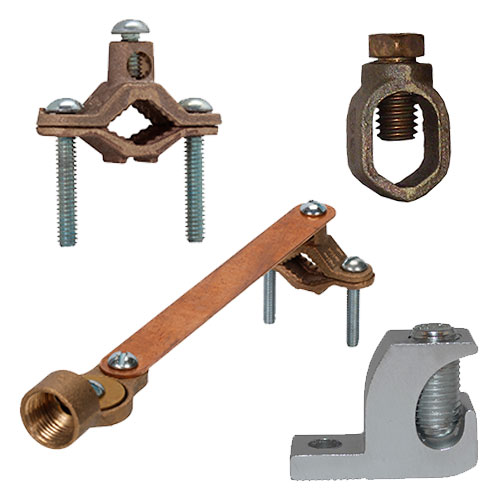
- Preparation – collect all the necessary tools required for the installation. This is including ground rod, ground rod clamp, wire connectors, wrench or pliers and safety equipment.
- Installation location – select the best position for installing the ground rod especially near the equipment.
- Grounding wire preparation – cut the length of bare copper grounding wire sufficient to reach from the grounding electrode to the point of connection in the electrical system.
- Drive the ground rod – drive the round rod into the ground using a hammer or ground rod driver. The ground rod should install vertically and the top should be even with the surface.
- Drive depth – drive the ground rod to the recommended depth based on soil resistivity. The depth ensures proper contact with the conductive layers of the soil for effective grounding.
- Ground wire connection – attach the bare copper grounding wire to the ground rod using a suitable ground rod clamp.
- Excess wire – bury the excess wire in a trench securing it with clips to protect it from physical damage.
- Connect to the electrical system – connect the other end of the grounding wire to the grounding system of the electrical installation.
- Inspection and tests – conduct visual inspections of the installed ground rod and connections. Ensure there are no signs of damage or corrosion. Perform resistance tests using a ground resistance tester to verify the effectiveness of the system.
- Secure connections – tighten all the connections to ensure proper security using screws or bolts on the ground rod clamp.
- Documentation – keep records of the ground rod installation including depth, type of rod and any relevant measurement.
Maintenance and inspection of ground rod
Conducting regular maintenance and inspection of the ground rod is essential to ensure the continued effectiveness of the electrical grounding system. It also helps to identify and address issues early to prevent potential safety hazards. Additionally, it is important to conduct regular professional inspections and maintenance. The following is a basic guide for maintenance and inspection of ground rods in South America.
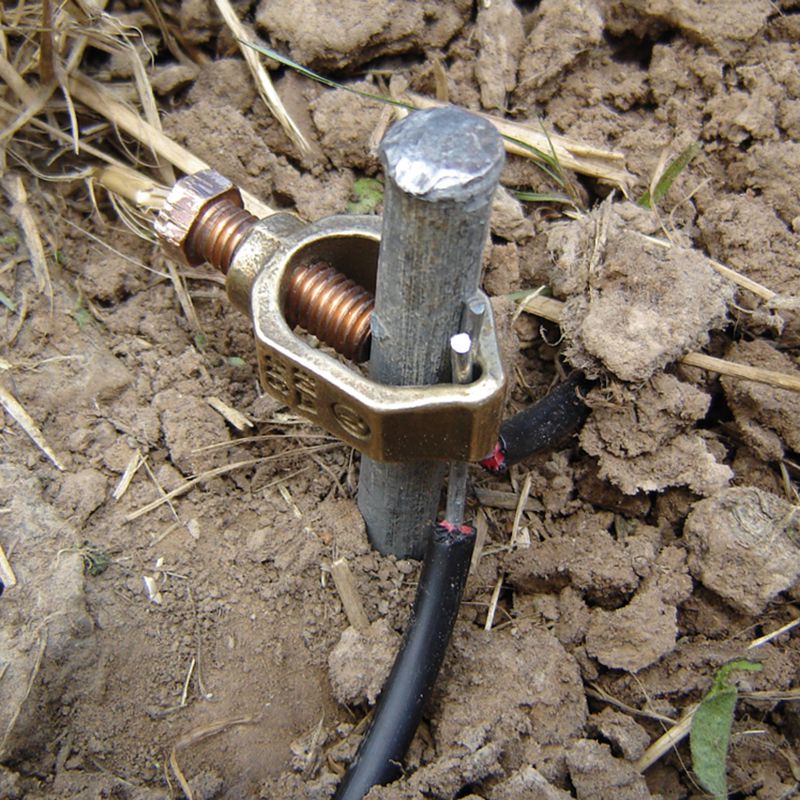
- Conduct regular visual inspections of the ground rod and its connections. Check for signs of physical damage, corrosion or loose components.
- Clean the rod using a wire brush or cleaning agent to prevent corrosion.
- Ensure all the connections are securely tightened including ground rod clamps and the grounding wire.
- Ensure the grounding wire is properly buried to protect it from physical damage and environmental factors.
- Inspect the ground rod for any physical damage such as bending or deformation. Relace any damages rod to maintain its effectiveness.
- Examine the grounding wire for any signs of wear, corrosion or damage and replace any sections of the wire that show signs of deterioration.
- Periodically test the installations using a ground resistance tester to measure the resistance of the grounding system. This is to ensure the system continues to provide a low-resistance path for fault currents.
- Monitor the soil moisture levels around the ground rod to ensure the continued performance. Dry soils can increase resistance affecting the grounding systems performance.
- Verify the continuity of the grounding wire by performing continuity tests. This is to ensure there are no breaks of interruptions in the wire.
- Keep records of maintenance activities including inspection dates, repairs for future reference.
Comparative analysis of ground rods in South America
Conducting a comparative analysis involves assessing and evaluating various factors such as material, design, standards compliance and environmental conditions. The methodology includes conducting research, compiling data, considering user reviews, evaluating industry recommendations and weighting factors. Additionally, it is important to consult with industry professionals for guidance on the best ground rods. The following are the factors to include in a comparative analysis in South America.
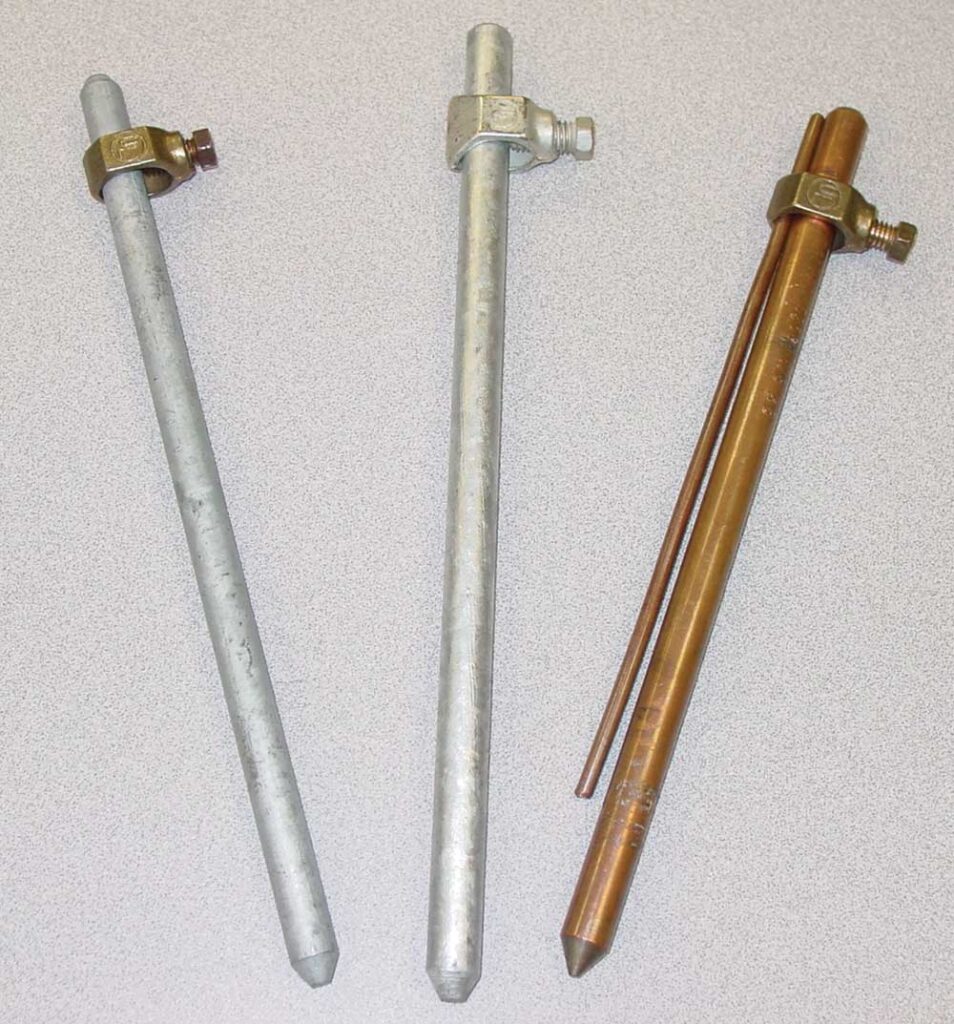
- Material – ground rods are from various materials such as copper, aluminum, galvanized steel and stainless steel. compare the suitability for use in various applications in different environmental conditions.
- Design – evaluate the different designs of the ground rods available in the market. This may include solid rods, copper-bonded steel and threaded ends.
- Environmental conditions – assess the ability of the selected ground rod in resisting corrosion and soil conditions.
- Costs – evaluate the cost effectiveness of the ground rods depending on material and application needs.
Certifications and standards in South America
There are various certifications and standards in South American related to ground rods use. Each South American country has their own set of regulations and standards for ground rods. These standards help to ensure the safety and reliability of the electrical installations. Also, it is important to ensure the selected ground rods meet the relevant industry standards. The following are the standards and certifications for round rods in South America.
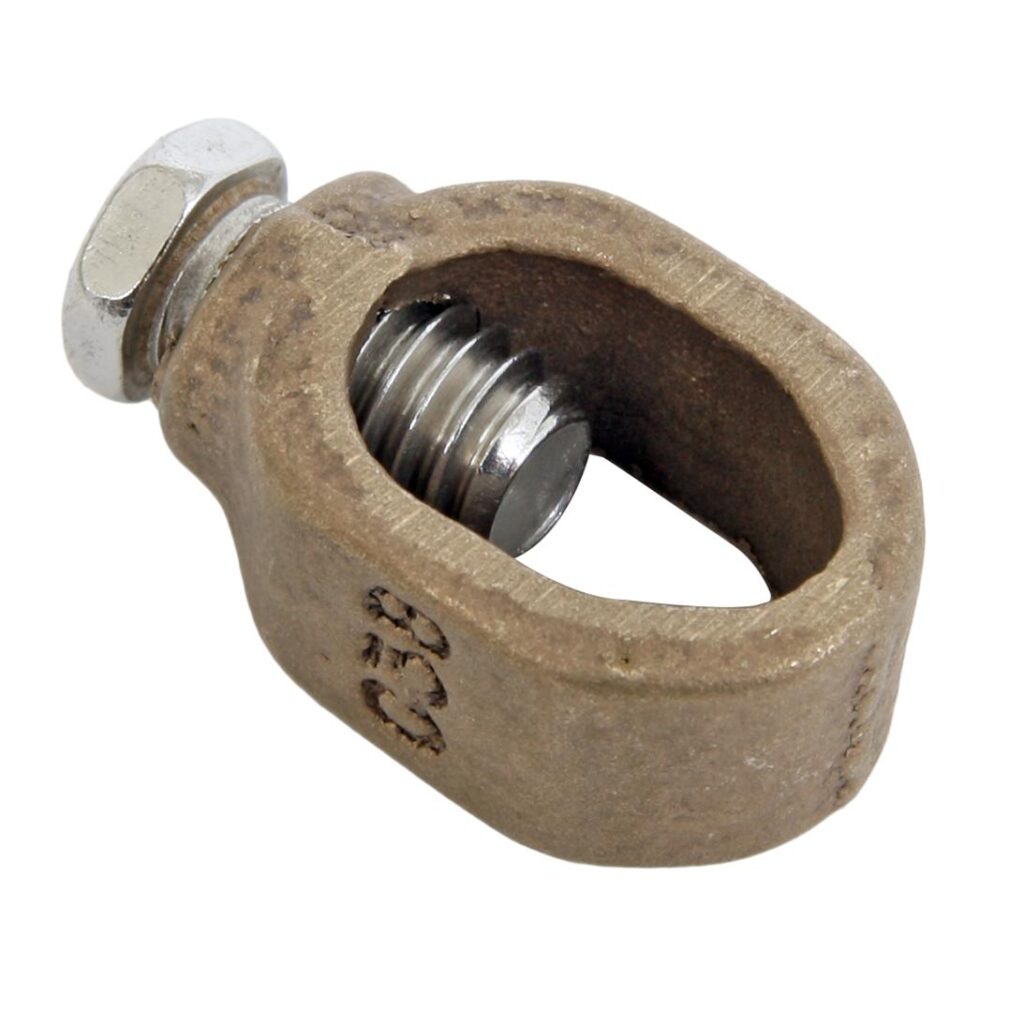
- ABNT standards – this is a standard in Brazil established for ground rods and related components.
- IRAM certification – this for electrical components in Argentina for safety and performance of the ground rods.
- INN standards – this is a Chilean standard for various products including electrical components such as ground rods.
- INACAL standards – these are Peruvian standards for electrical components to ensure safety and performance of the products.
Regional market for ground rods in South America
There are various factors and trends that impact the regional market for ground rods in South America. These factors include infrastructure development, urbanization and environmental conditions. Additionally, it is advisable to consult market reports, industry analyses and local business associations. The following are the factors that shape the regional market for ground rods.
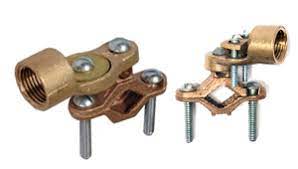
- Construction – the demand for ground rods is from the construction and infrastructure development.
- Telecommunications – increasing demand for network services contributes to the demand for grounding systems.
- Industrial applications – this includes industries such as oil and gas, mining and manufacturing.
- Technological advancements – advancements in grounding technologies and materials may influence market trends. This is including the demand for ground rods.
Frequently asked questions
Ground rods provide a low-resistance path for fault currents to dissipate into the ground. This helps to protect electrical systems and prevent electrical hazards.
Soil resistivity influences the effectiveness of grounding systems. This is in areas with high resistivity, longer ground rods may be important for optimal performance.
The depth of the installation depends on factors like soil resistivity. Soil resistivity testing helps to determine the suitable depth for effective grounding.


